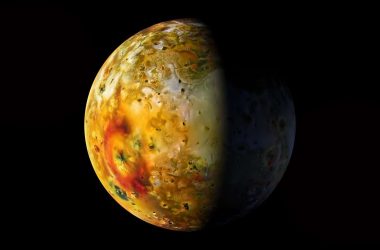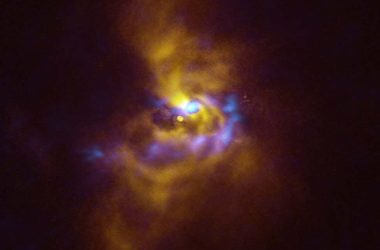Neptune, the distant planet in our solar system, has experienced a significant change in its cloud cover. Since the Voyager 2 spacecraft first captured detailed images of the planet in 1989, Neptune’s skies have been adorned with wispy white clouds. However, recent observations reveal that the planet’s cloud cover has nearly vanished. Interestingly, astronomers believe that the sun’s 11-year cycle may be influencing the abundance of clouds on Neptune, despite its enormous distance from the sun.
A team of researchers, led by Erandi Chavez from the University of California, Berkeley, has been studying cloud activity on Neptune from 1994 to 2022. By examining images from ground-based observatories and the Hubble Space Telescope, they discovered a regular fluctuation in cloud cover. Notably, there were cloudier conditions in 2002 and 2015, while 2007 and 2020 experienced clear skies.
In 2020, there was a significant dip in cloud cover, marking the lowest cloud activity ever observed on Neptune. The planet appeared darker than ever before, with no white clouds reflecting sunlight. Surprisingly, the clouds still have not returned to their previous levels, even in the most recent images captured in June. Imke de Pater, also part of the team from the University of California, Berkeley, expressed astonishment at how quickly the clouds disappeared, particularly during 2019.
The researchers noticed a pattern that aligns roughly with the sun’s 11-year cycle, although with a two-year delay between the sun’s extremes and Neptune’s cloud behavior. It appears that when the sun is most active, more clouds form on Neptune, while when it is least active, the planet’s clouds dissipate. This could be attributed to the energy from sunlight initiating chemical reactions in Neptune’s atmosphere, leading to the creation of methane and other cloud-forming chemicals. However, the exact cause and effect relationship between sunlight and the planet’s cloud cover is not yet fully understood, as sunlight could both create and darken clouds and hazes.
Additionally, Neptune experiences occasional massive storms that originate deep in its atmosphere and rise to the surface. The role of these storms in the disappearance of clouds remains uncertain. The team of researchers continues to monitor Neptune in order to unravel the complexities of its cloud layers.












